Live in Grand Style Along the Hudson at the Italianate Villa Nuits, Yours for $6.495 Million
Its creamy yellow stone facade has glowed from a perch along the Hudson River since the early 1850s and the historic villa known as Nuits offers an opportunity to live in grand style in an important bit of Italianate architecture.

Its creamy yellow stone facade has glowed from a perch along the Hudson River since the early 1850s and the historic villa known as Nuits offers an opportunity to live in grand style in an important bit of Italianate architecture. The splendor does come with a price, but the house in Irvington, N.Y., also has a rich history that includes a loss of fortune, a lawsuit, movie lore and even an Astor.
That connection with an Astor, John Jacob Astor III to be exact, is the tidbit that gets frequently touted about the house on the market at 2 Clifton Place in descriptions pitching it as a Gilded Age mansion. Astor played an important role in the survival of the house, but his ownership was brief and not where the story begins.
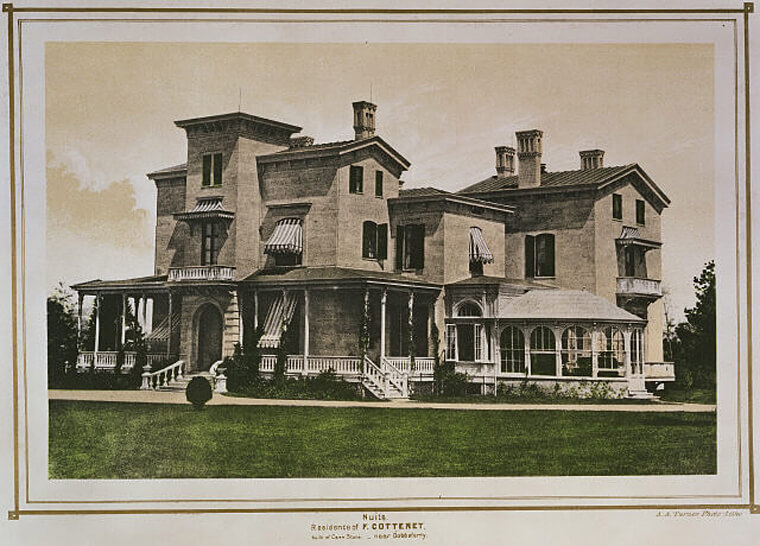
The exterior of the Nuits as published in 1860. Image from ‘Villas on the Hudson’ via New York Public Library
It starts well before the Gilded Age in 1852 when dry goods merchant and importer Francis Cottenet purchased his first parcel of land along the river with the intent of building a country retreat for wife Frances “Fanny” Laight Cottenet and their surviving adult children. The French-born Cottenet commissioned a design from another immigrant, the European-trained Detlef Lienau.
Lienau arrived in the U.S. in 1848 and by 1850 had a practice established in Manhattan with an office on lower Broadway and a home in Jersey City. For the couple, Lineau designed what started as a somewhat more modest stone house with a central tower that was completed by 1853, but was expanded by the architect circa 1858 to become what is considered a classic example of Italianate architecture.
For the stone, Lieneau apparently skipped the locally sourced materials and used Caen stone, a limestone from Cottenet’s native France. It is known for its color and suitability for carving, a property Lieneau used to advantage in the ornate grapevine relief ornamenting the arches at the base of the tower.
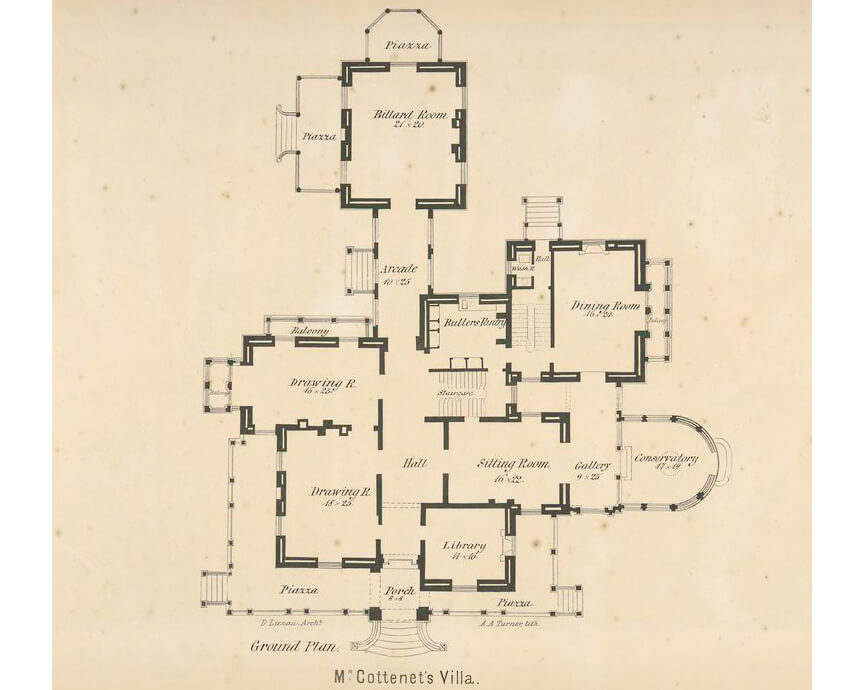
Lienau’s original drawings and plans for the house survive at Avery Library’s Drawings & Archives Department at Columbia University, but the earliest depiction of the house found is in the 1860 “Villas on the Hudson” which includes plans and lithographs of 31 houses along the Hudson. Nuits, identified as the residence of F. Cottenete near Dobbs Ferry, is shown after Lienau’s substantial additions. A caption on the lithograph includes the note that it was built of Caen stone while the plan of the first floor shows the recently added arcade leading to a billiard room, a sitting room and a gallery connecting a new dining room and a conservatory.
Another early reference to the use of the French stone is in the 1866 “Hudson from Wilderness to Sea,” by historian Benson John Lossing who described the house as “built in French style, of Caen stone” and “doubtless superior to any other dwelling on the banks of the Hudson.”
Cottenet hung onto Nuits, presumably named for the French town of Nuits-Saint-Georges, until just before his death. The formerly wealthy merchant, apparently facing a turn in fortunes, had mortgaged Nuits in 1882. The house and its roughly 40 surrounding acres went into foreclosure in 1884 and a few months later Cottenet died. The twist and turns of the families that lived in the house is detailed in “House on the Hudson,” a passion project and richly researched history of Nuits by Louise B. Risk. Her interest was personal; she was part of the Schmelzel family that owned the house for over 50 years in the 20th century, the longest ownership span in the house’s history.
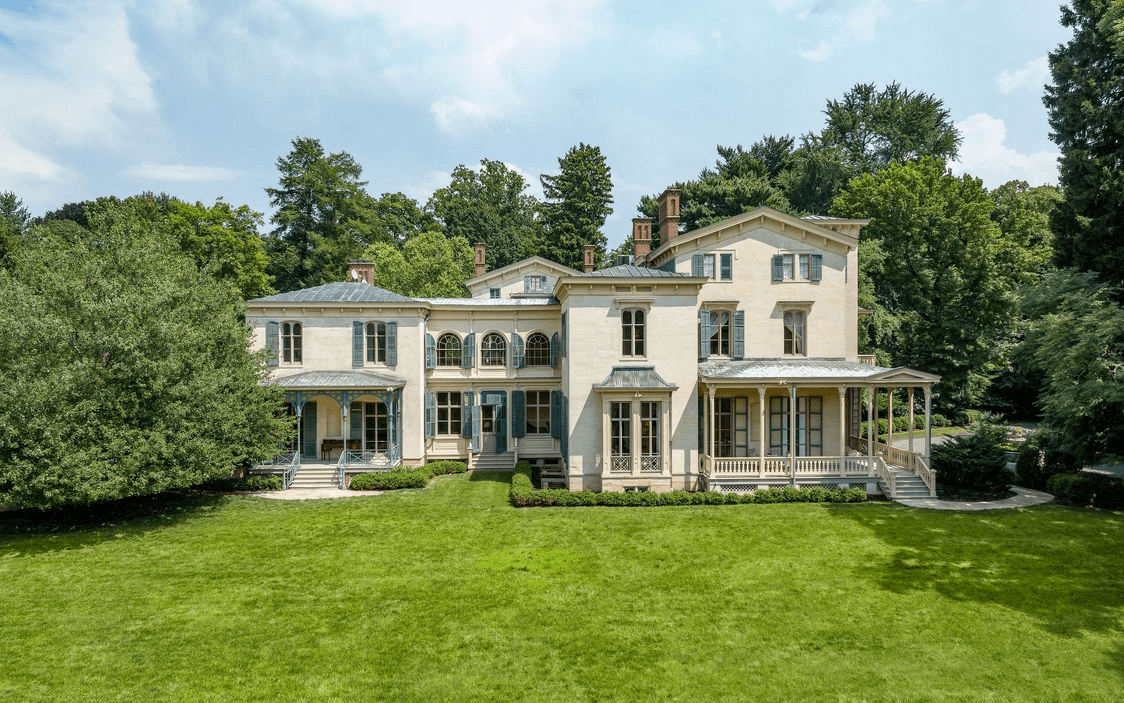
Two of the owners given attention in that history are Cyrus W. Field, who purchased Nuits from Cottenet’s creditors, and John Jacob Astor III, who purchased it from Field. Neither owned the house for long — one year for Field and less than three for Astor at the end of his life — but both ensured that the house survived by pouring money into the property. The house apparently sat empty and the landscape neglected during the years it was owned by the creditors. Field’s renovations of the interior included moving the main stairway into the arcade, relocating the kitchen from the basement to the first floor, adding gas fixtures, upgrading the plumbing and installing 13 new mantels, according to Risk’s research.
Despite all that work, Astor also spent money on repairs and upgrades. After Astor’s purchase of the property in 1887, newspaper accounts, including one in The Sun, noted the shabby condition of the landscape and that Astor would need to expend spend a substantial amount on improvements to make the “rectangular ugliness” of the house fit for “a man of delicate taste.”
Fortunately neither Field nor Astor significantly altered Lienau’s design for the exterior and Field further protected the property by putting a covenant in place before selling it to Astor. The covenant restricted use of the property, preventing subsequent owners from using it for commercial or manufacturing purposes as well as such institutional uses as asylums, hospitals or schools. The validity of the covenant was successfully upheld after a fight by Fields and his heirs when Manhattan College briefly established a campus at Nuits in the 1890s.
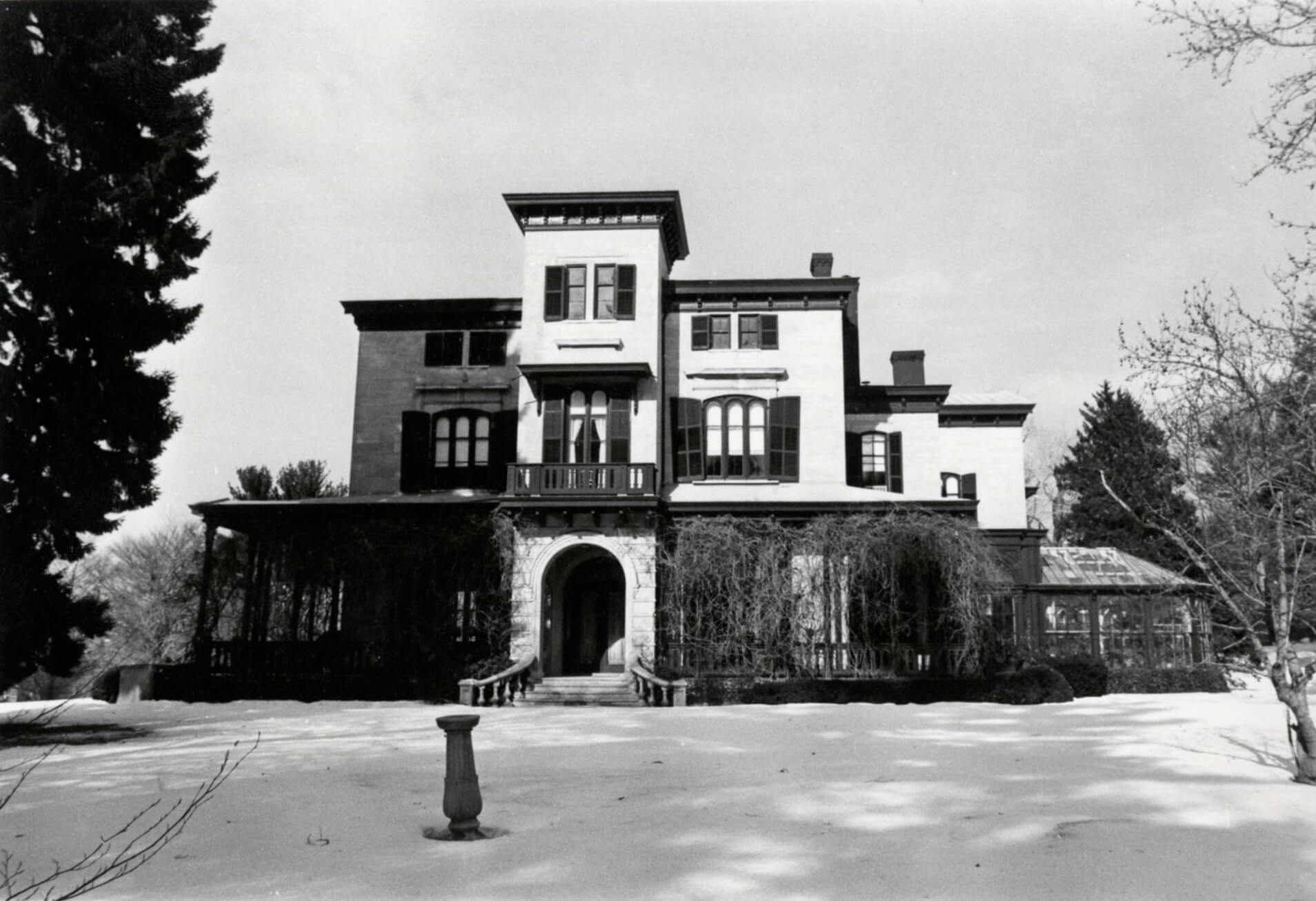
By the early 20th century, the expansive acreage surrounding Nuits was sold off for the development of Ardsley Park. The house currently sits on just under five acres.
In relatively more modern history, the property was listed in the National Register of Historic Places in 1977, before its sale by the Schmelzel descendants in 1980. The movie lore of the house appears to begin with Martin Scorsese’s 1993 ‘Age of Innocence.’ Although it is kind of blink and you miss it, a scene takes place in the interior of the glass conservatory with stars Winona Ryder and Daniel Day-Lewis. There is also a glimpse of a bit of the exterior of the house which, for the purpose of the film, is a mansion in Newport.
Under the current owners, who bought the property in 2000 and completed their own modern upgrades, it continues to be used a film and photo location as can be seen on the Instagram for the house. In 2016, it served as a shooting location for the film ‘The Wilde Wedding’ with Glenn Close.
The house has been on and off the market in recent years; in 2015 the New York Times profiled the house as it was set to hit the market for $14.75 million.
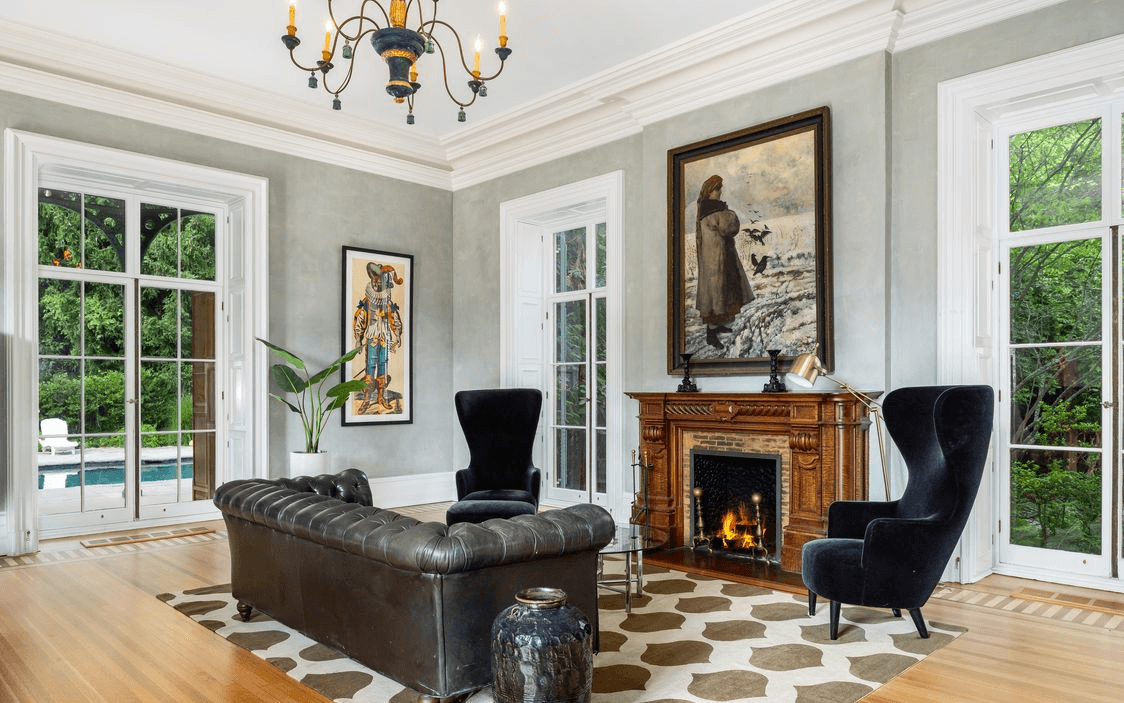
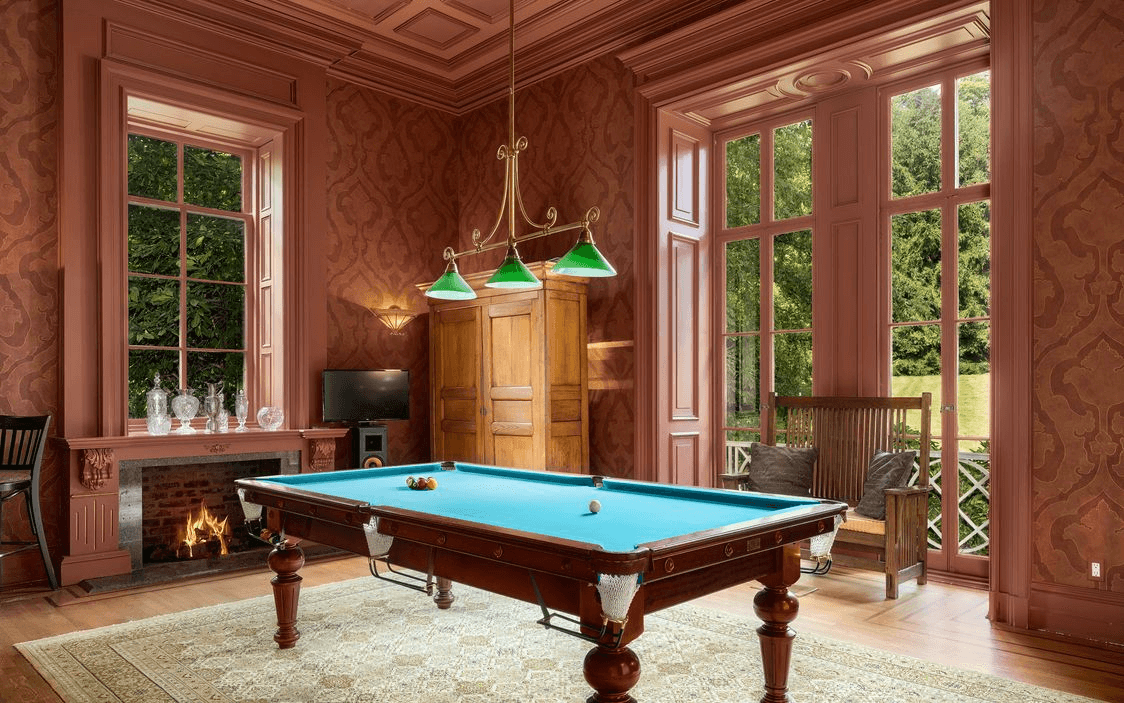
It is back on the market and is certainly a property for those ready to take on a house that is not exactly a modest country retreat. The over 12,000 square foot house has nine bedrooms, eight full baths and three half baths. The listing photos show the original grand proportions of the main level are intact along with some of those mantels added by Cyrus W. Field in the 1880s.
There is plenty of room to entertain with parlors, a formal dining room and billiard room along with the stunning conservatory. In addition to large windows, many of the rooms have direct access to the porches that wrap around much of the house.
The kitchen, with the wood floors and high ceilings of the rest of the main level, has been updated.
No floor plan is provided, but according to the listing the house has an elevator. The basement has been renovated to include a gym and media room and a listing photo shows a wine cellar.
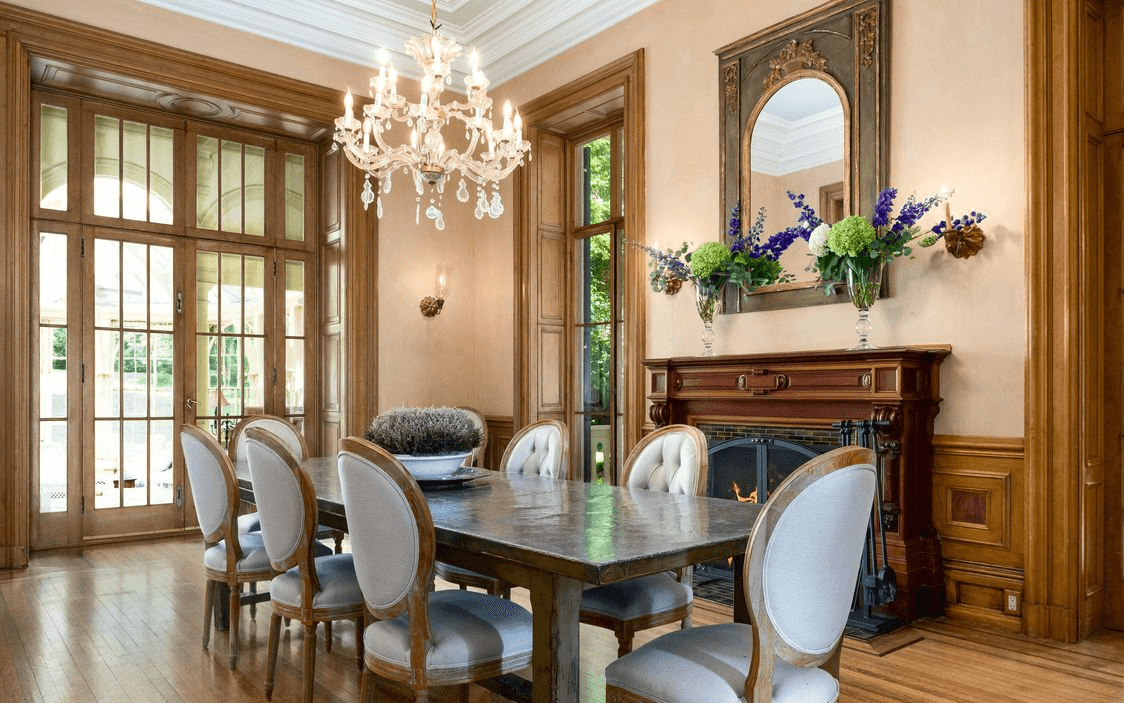
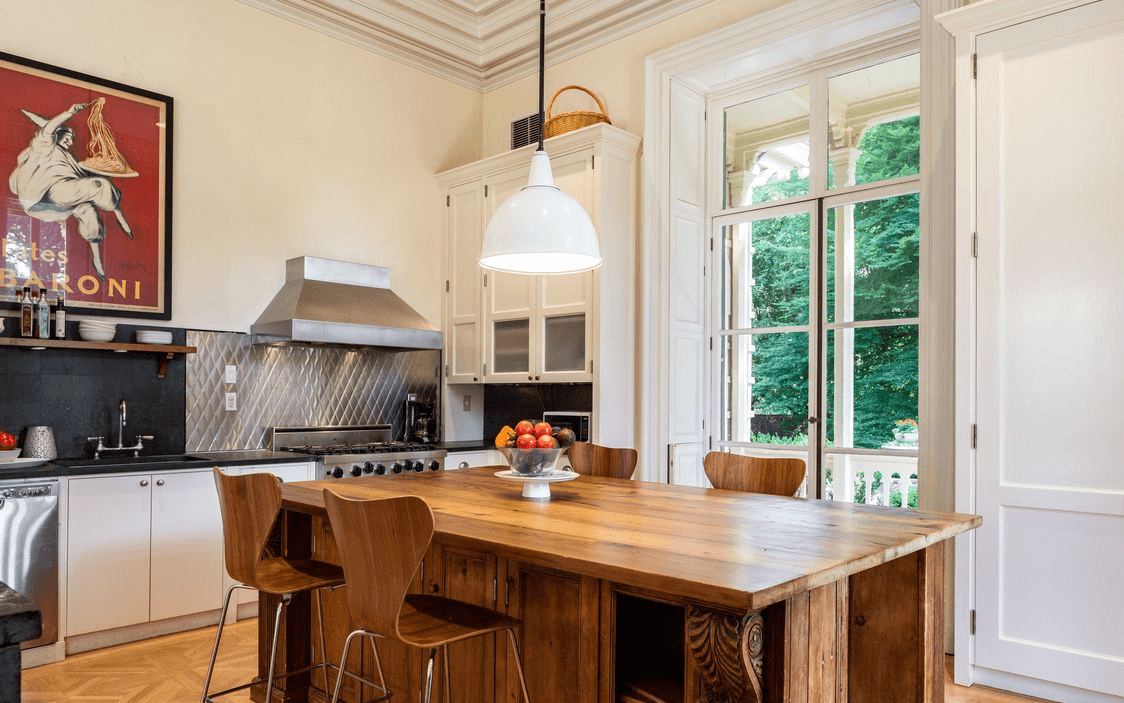
The surrounding grounds include stone pathways around the house, planting beds and a heated pool with an outdoor shower.
While the house has its own scenic grounds, it is also just a few blocks from the trail of the Old Croton Aqueduct State Park, which which runs from Van Cortlandt Park in The Bronx to the Croton Dam in Cortlandt. For access into the city it is less than a 10 minute walk from the house to the Metro-North station at Ardsley-on-Hudson.
Listed by Aurora (Rory) Tishelman and Carolyn Joy of Houlihan Lawrence, the property is asking $6.495 million.
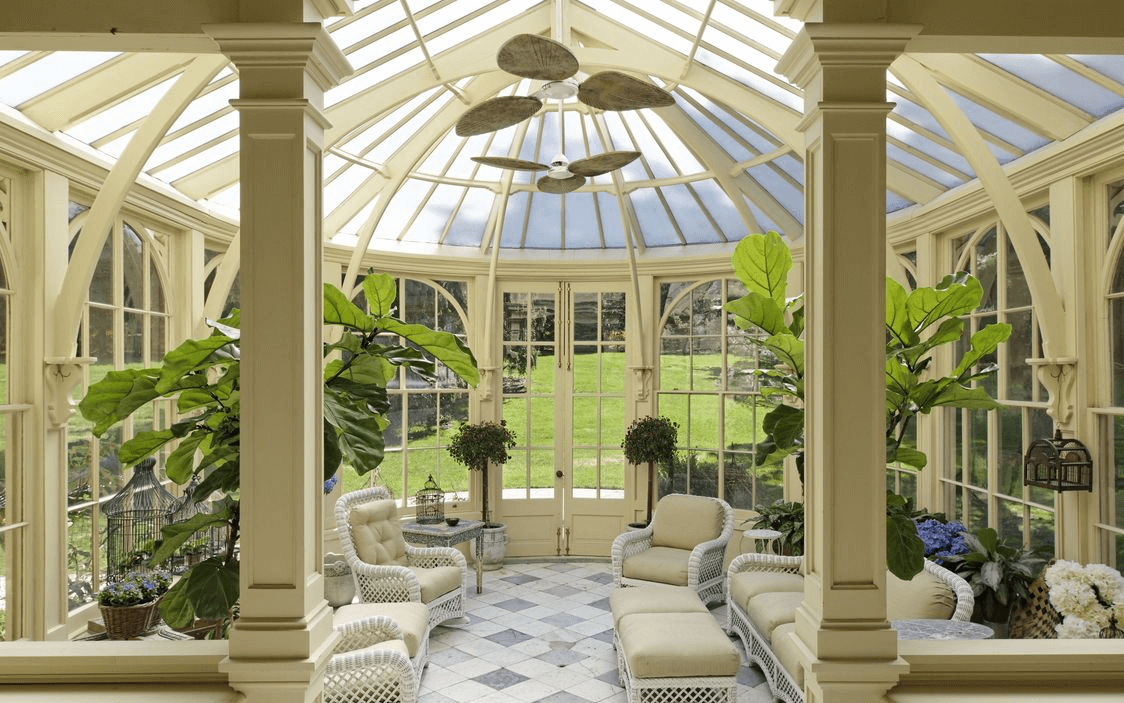
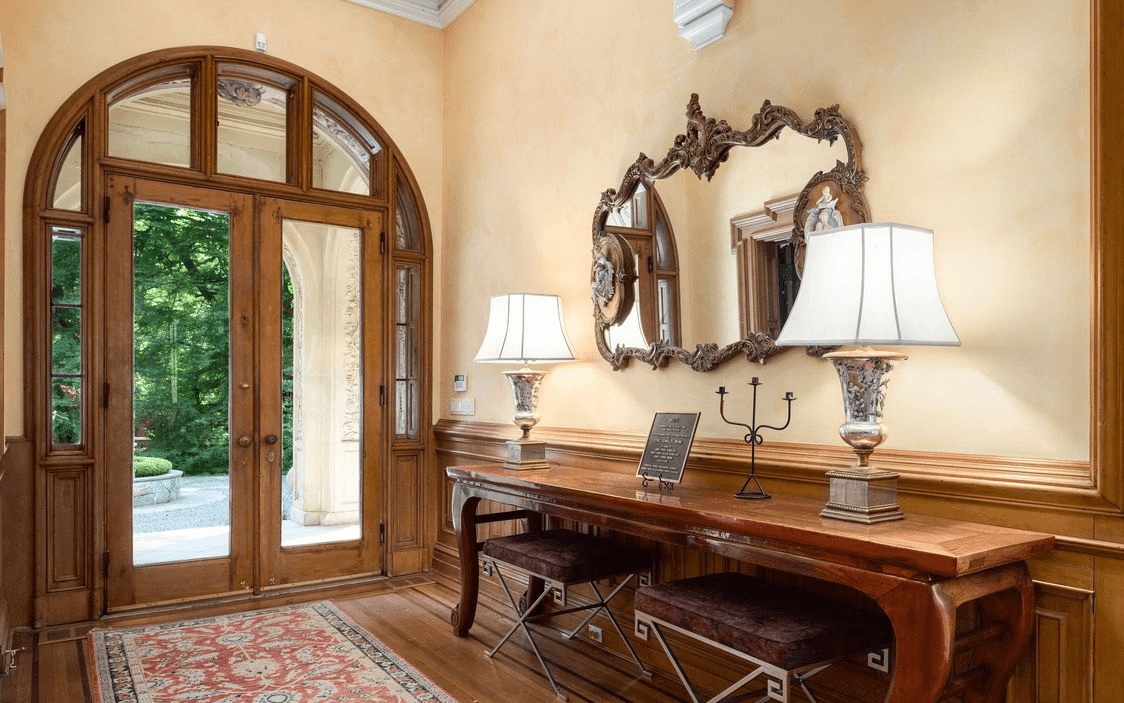

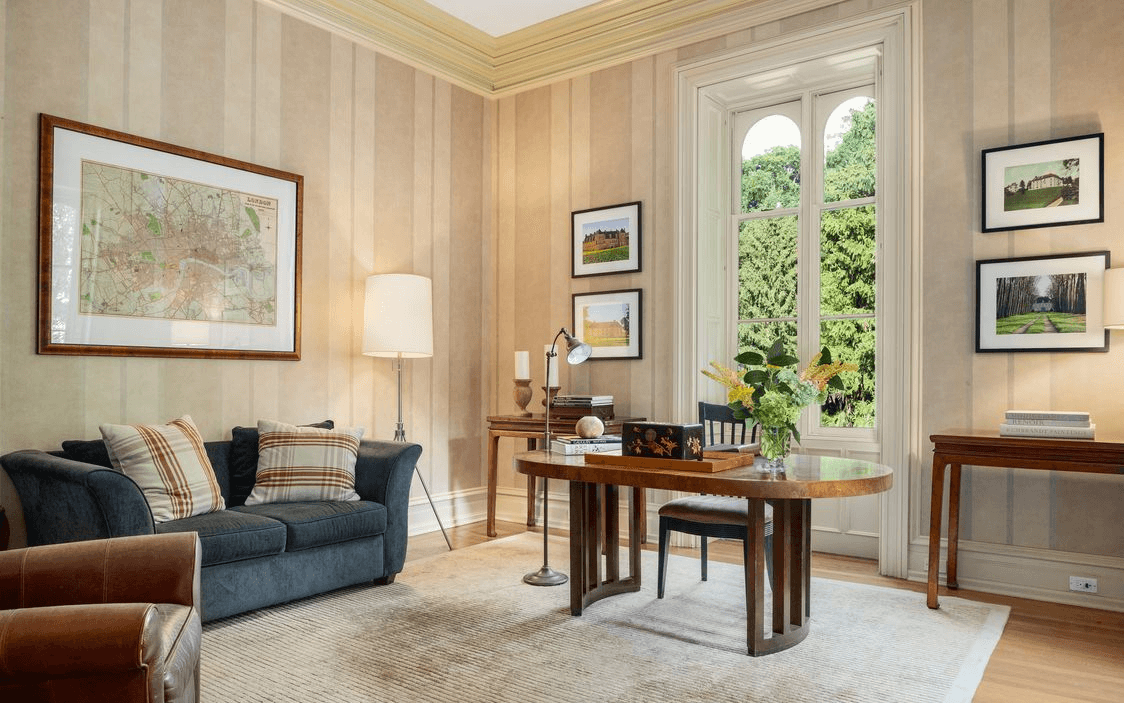
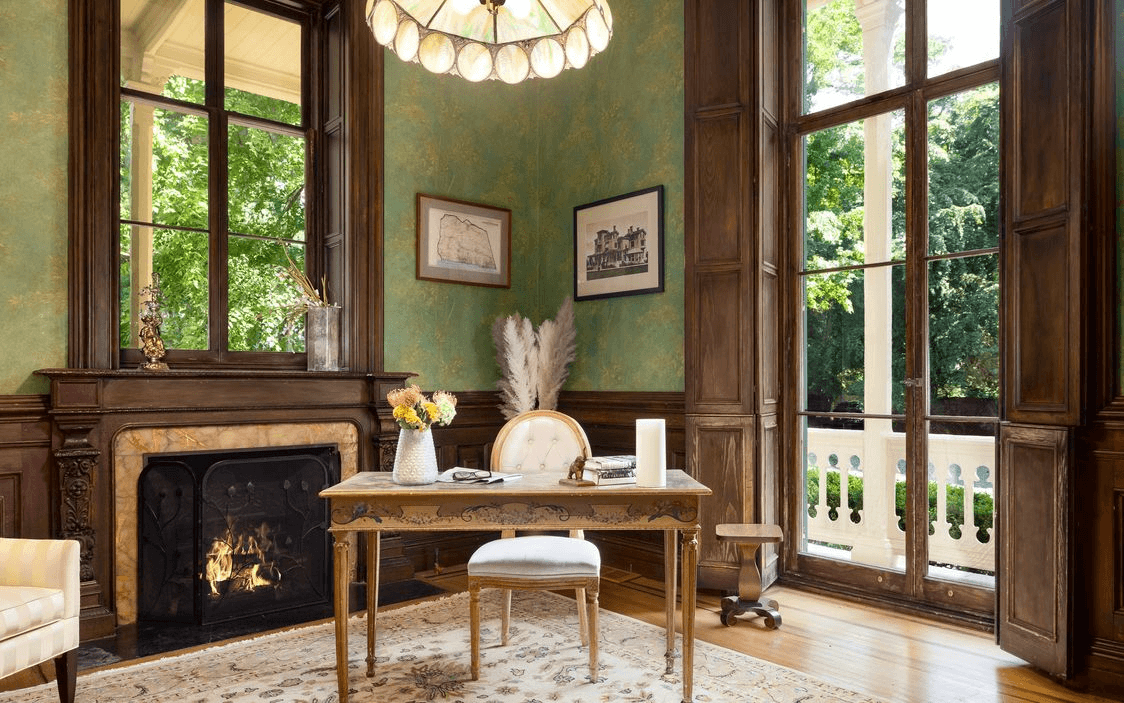
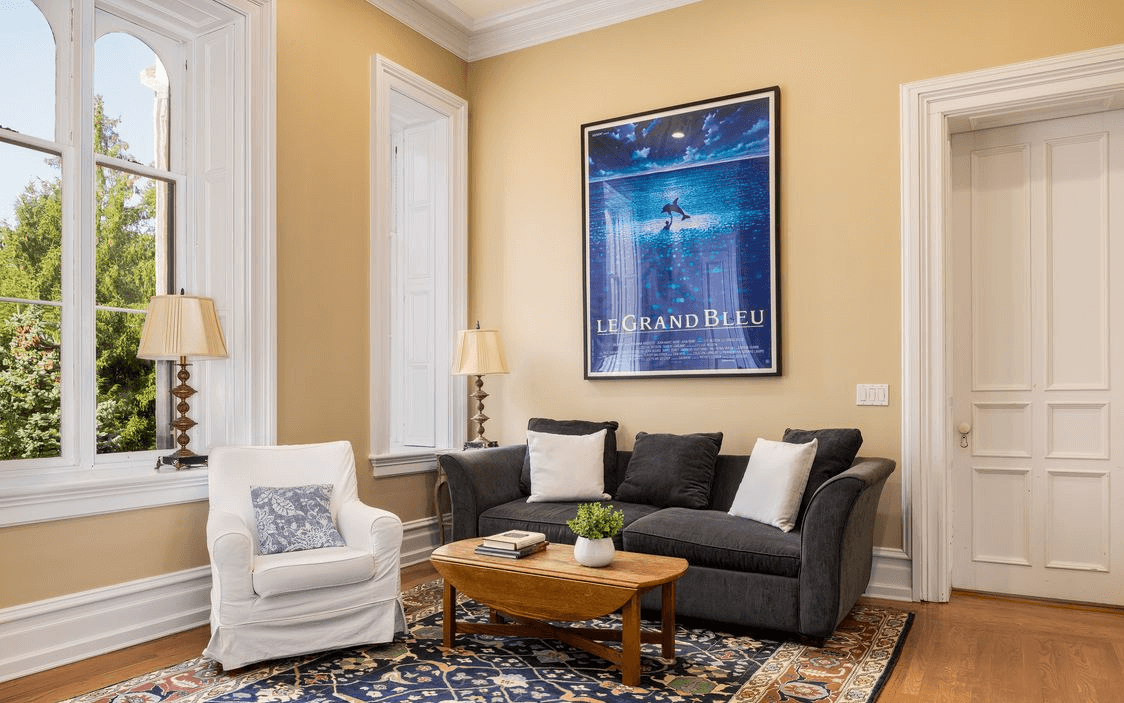
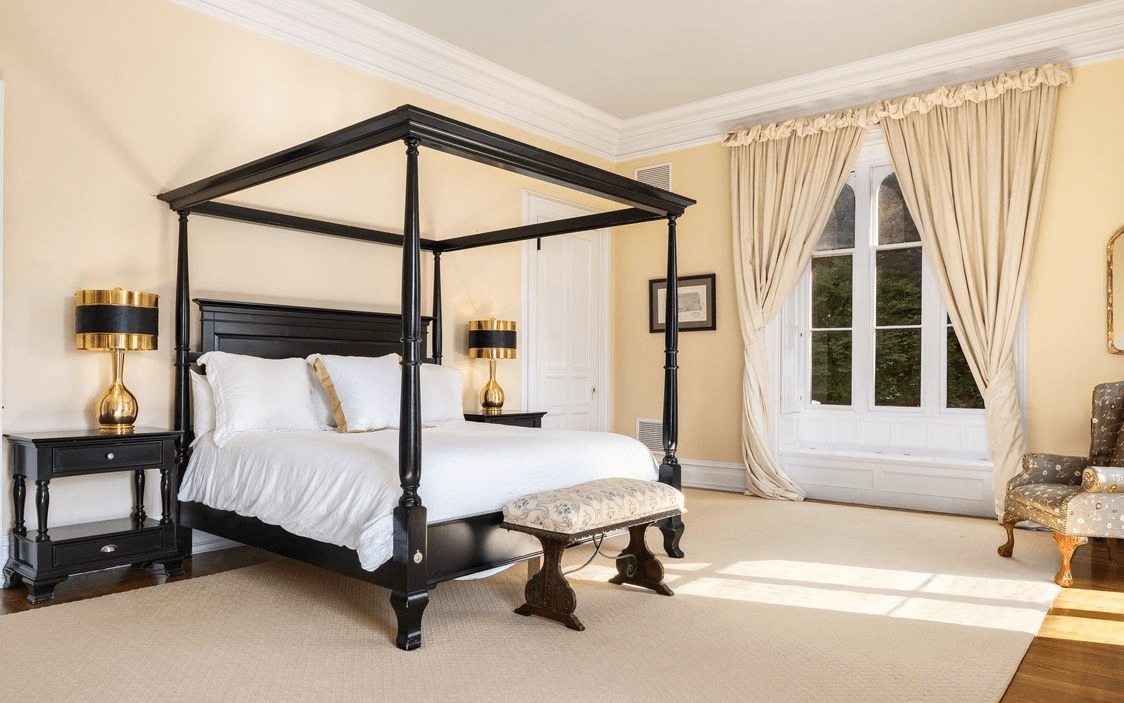
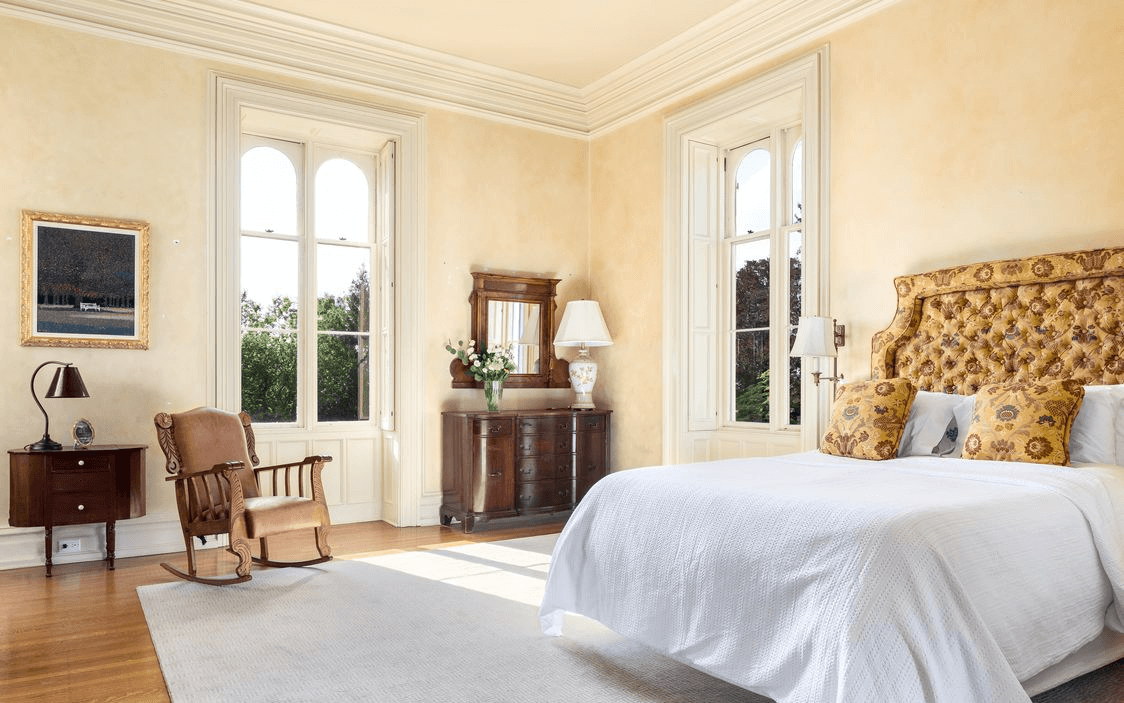
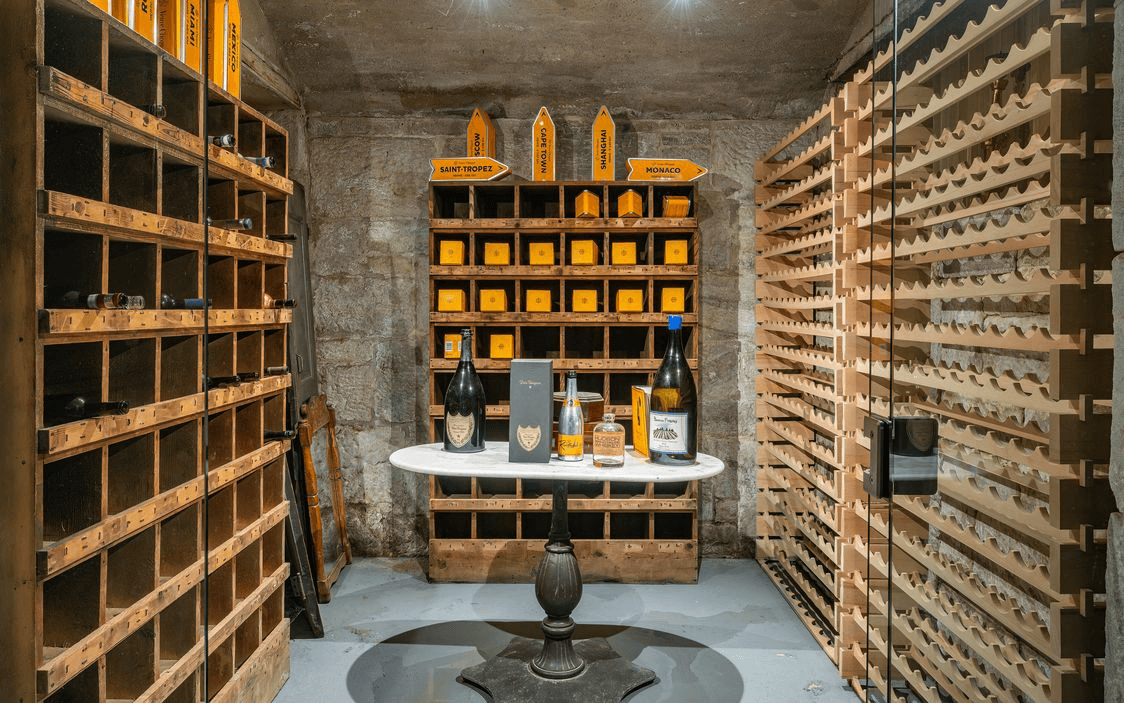
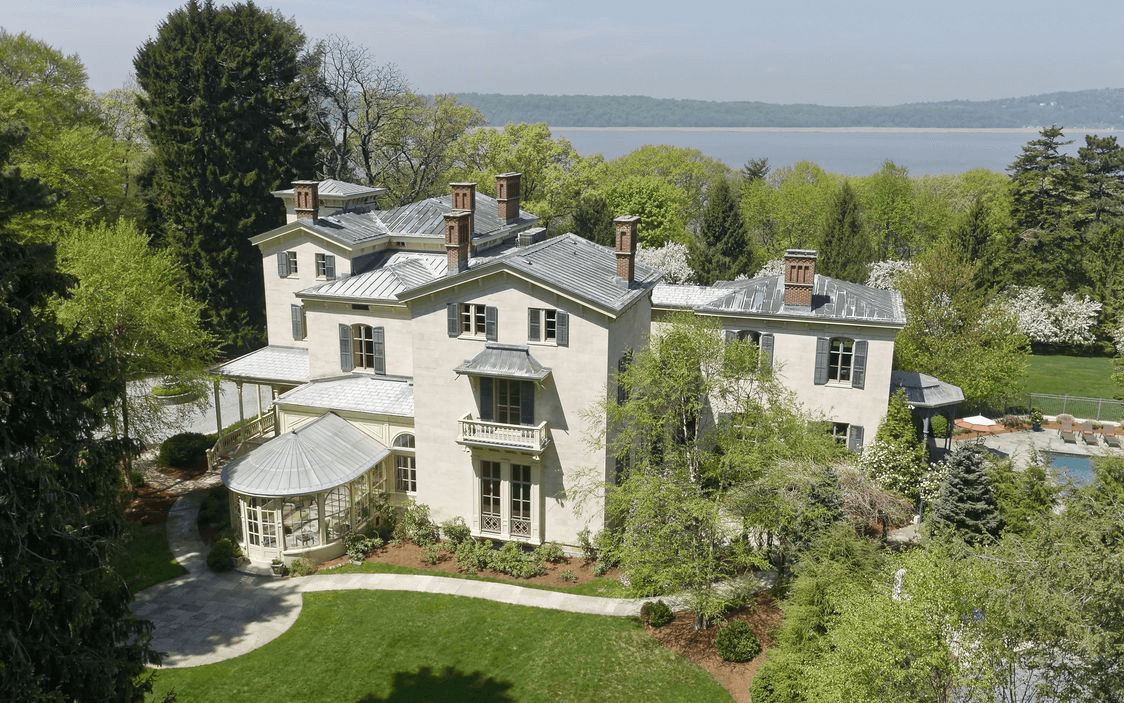
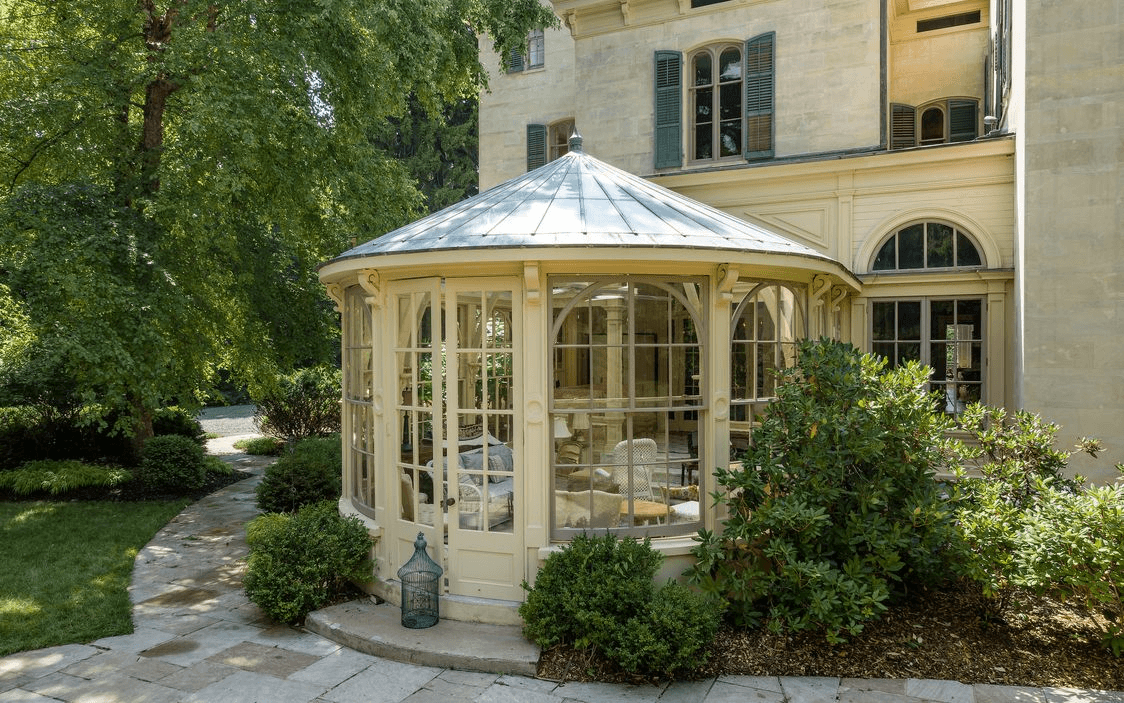
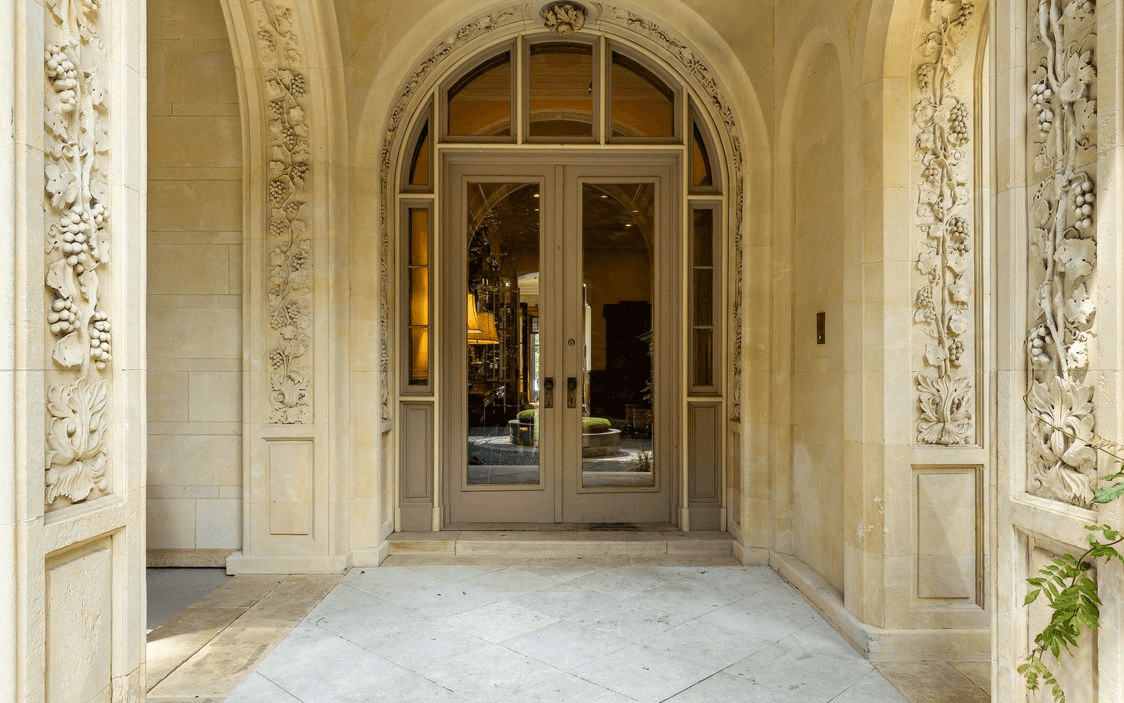
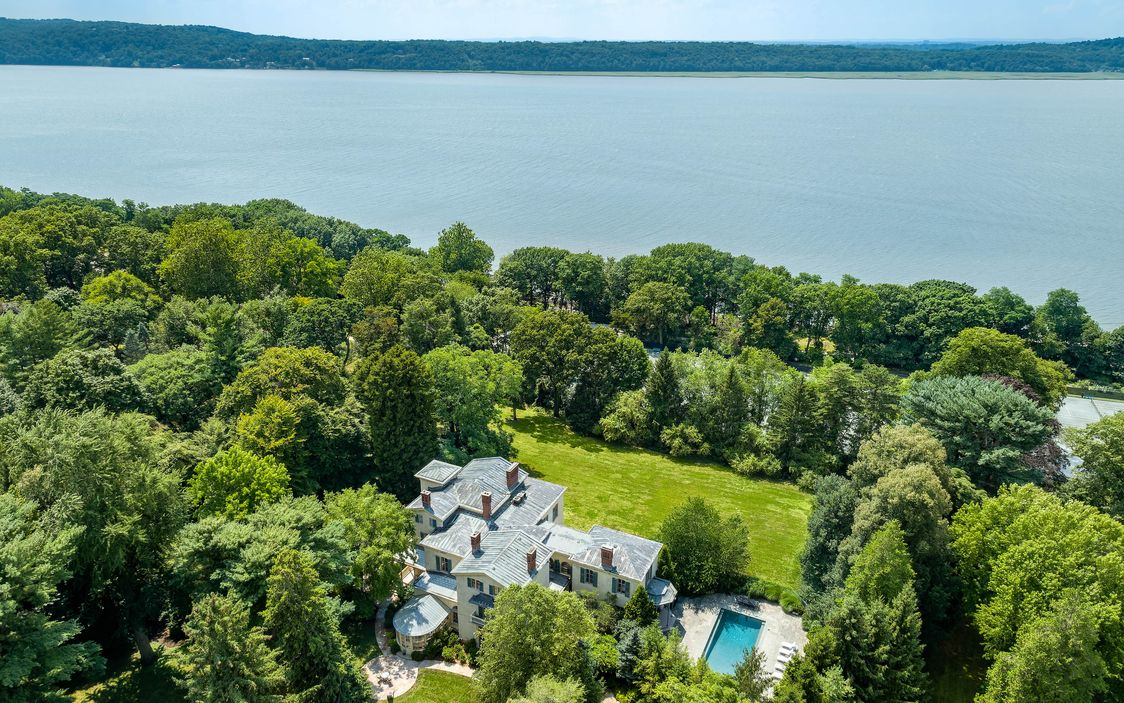
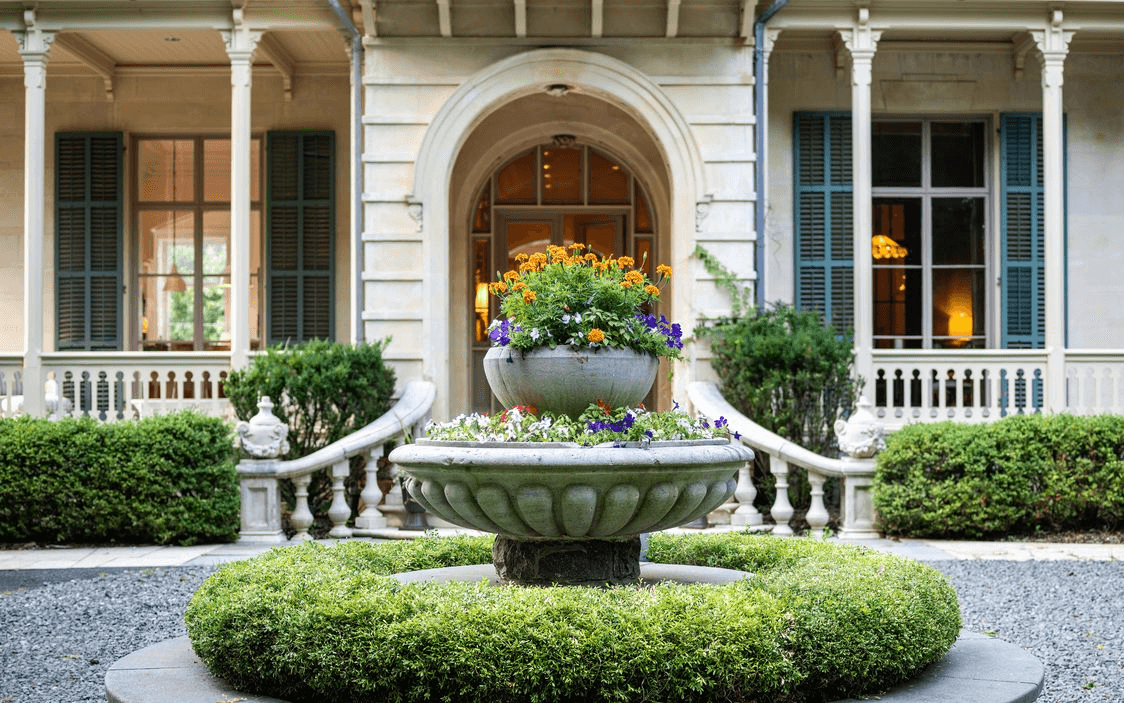
Related Stories
- A Bright Catskill Italianate With a Mid-Century Kitchen Surprise Asks $750K
- Dry Goods Merchant’s Former Hudson Wood Frame Given Top-to-Bottom Reno, Yours for $775K
- Old-House Addict Wanted for an Evocatively Crumbling Finger Lakes Federal, Asking $275K
Email tips@brownstoner.com with further comments, questions or tips. Follow Brownstoner on Twitter and Instagram, and like us on Facebook.

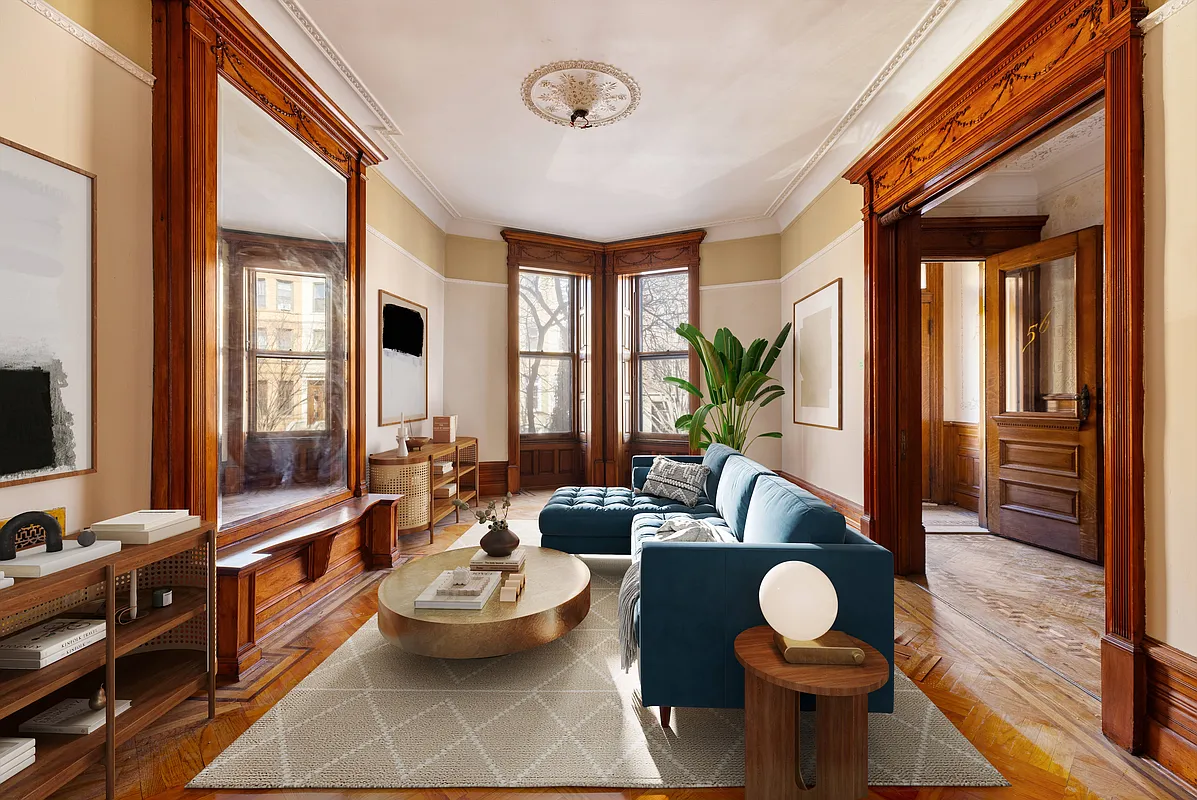
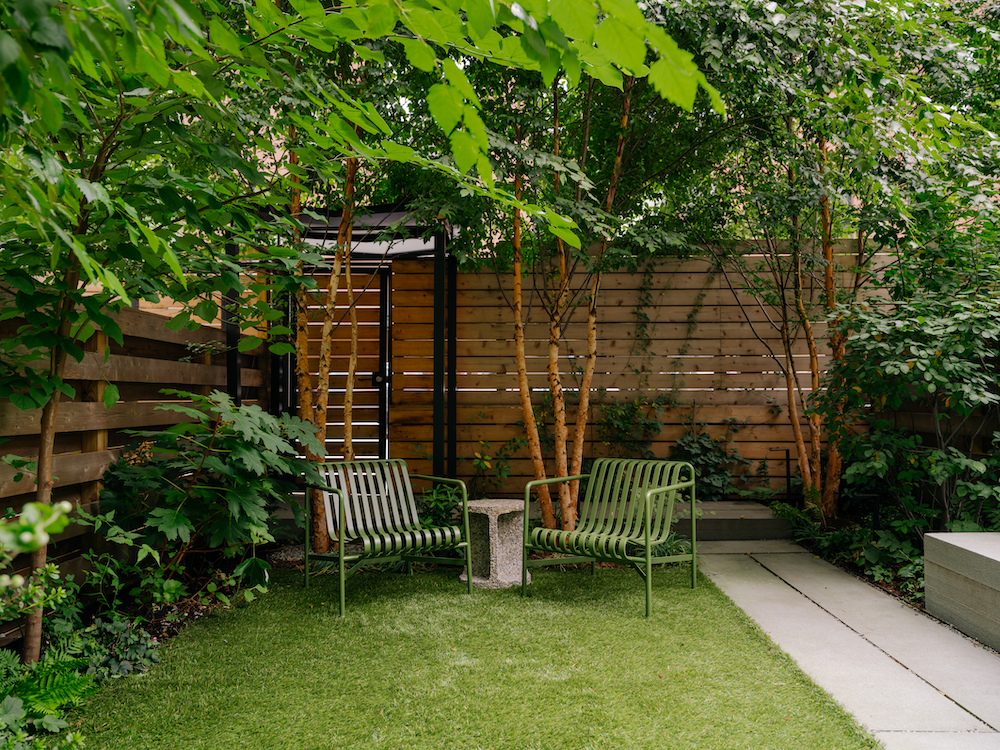
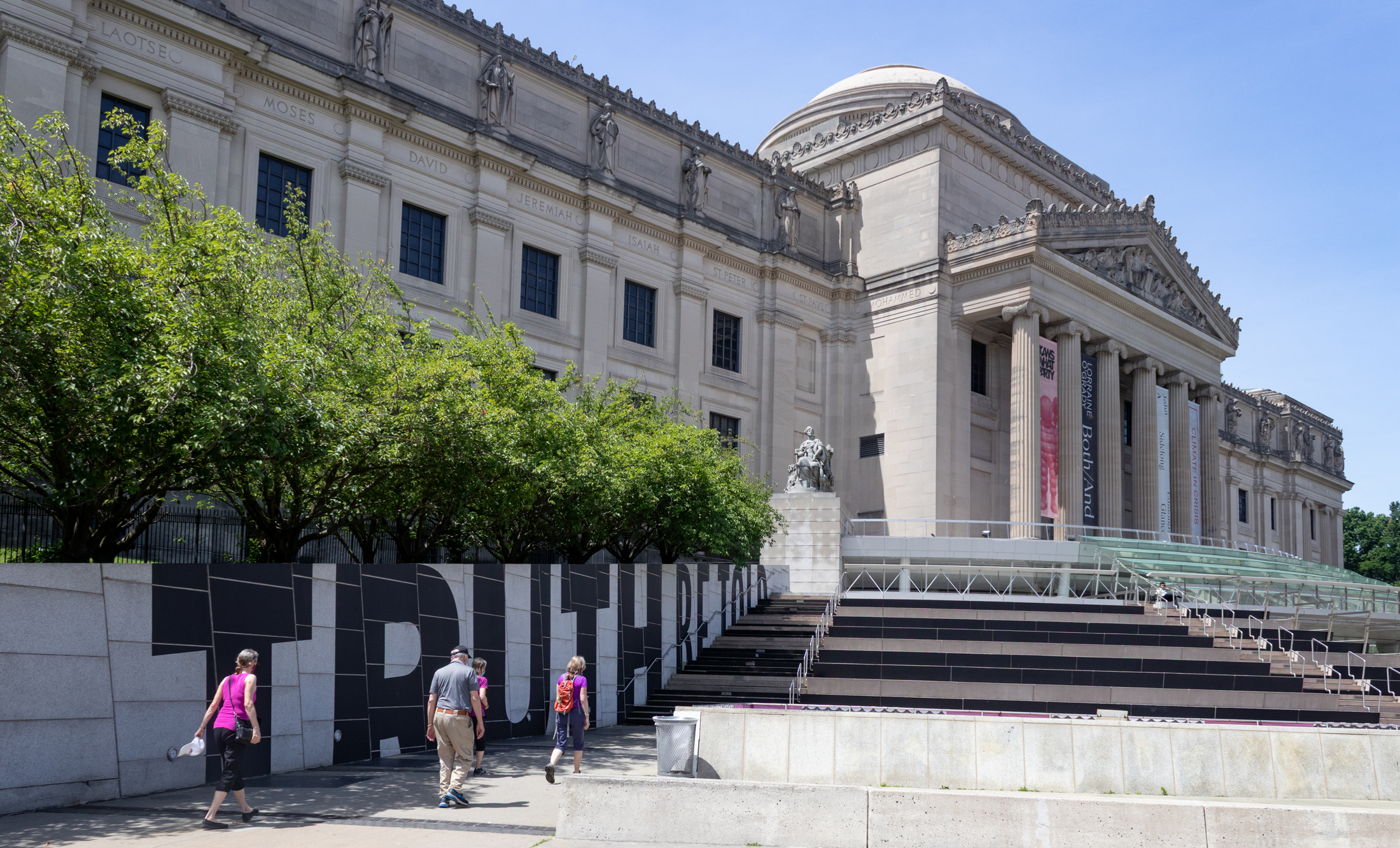





What's Your Take? Leave a Comment